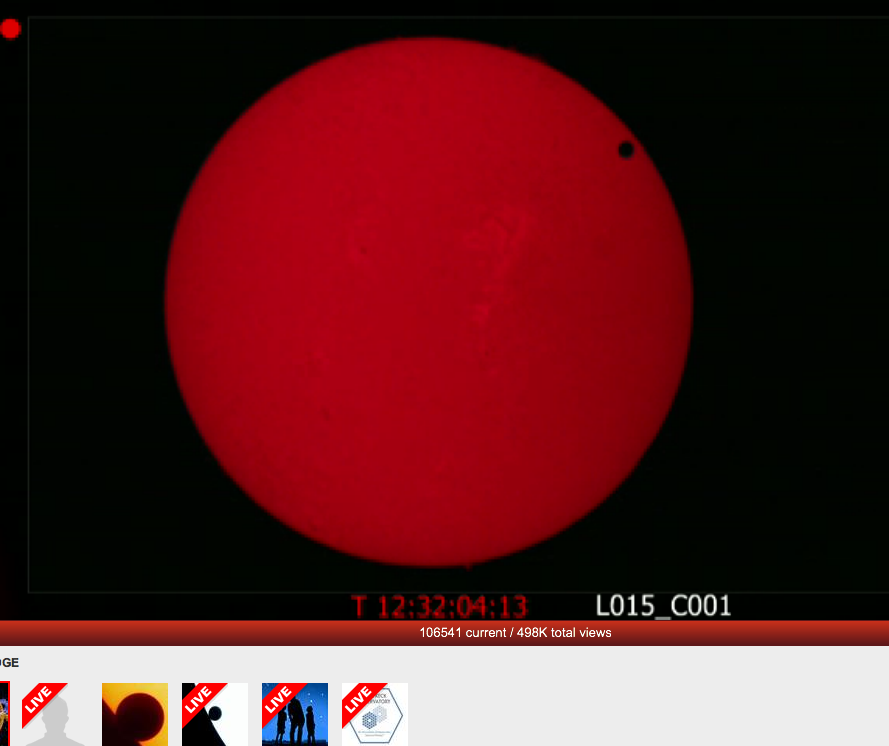Live Blog from the IAU 260 Symposium, S4 Preserving the astronomical heritages

Live Blog from the IAU 260 Symposium, S12 Astronomy, the Media and Society, Part 4
January 22, 2009
Cultural Heritage of Astronomical Obervatories, IAU Symposium 260
January 22, 2009Here I am again, live from the IAU symposium, just after lunch with the sessions starting at 2pm. There are a number of parallel sessions running this afternoon and on the last count I think I have to change rooms four times to get to the presentations that I want to listen to. This session is running a little slow with theparticipants still returning from lunch.
The first speaker for this session is Anna Sidorenko-Dulom from UNESCO on the subject of Astronomy and World Heritage.
There has been a memorandum of understanding between the IAU and UNESCO signed to preserve the worlds astronomical heritage.
On the world heritage list, there are currently 878 properties, although still the scientific importance of these sites is not yet recognised, and a study will begin to evaluate the scientific importance of these sites in more detail.
Establishing the World Heritage List
Each state party draws up a Tentative List – an inventory of properties situated on its territory which the State Party considers suitable for inscription on the World Heritage List.
Why Astronomy?
Astronomy is present in all periods of culture
Objectives
To assist state parties to identify and to nominate the propoerties related to astronomy
To develop the partnerships between scientists and other stakeholders involved in the process of identification.
Accomplished Activities
2003 – preliminary study of the world heritage list (Netherlands FIT)
The Royal Astronomical Society is involved with maintaining the database.
In October 2008, the declaration was signed between the IAU and UNESCO,
The working group can be found of at www.astronomicalheritage.org
If you want to register a site of special interest you can go to the site and register. There are ten criteria that need to be respected by all of the state parties, such as represent a masterpiece of human creative genius:
contain superlative natural phenomena,
Which properties are associated to astronomy?
(i) properties which meet one or more World Heritage criteria and whose design and landscape represent celestial bodies abd events, such as the Pyramids of Giza, Stonehenge,
Observatories include on the list Greenwich, Beijing Observatory, Lowell Observatory in Arizona,
Starlight Reserves Concept
Potential natural properties of outstanding universal value from the point of view of science.
Q and A Sessions
Australia have now established the sky under their national heritage list, to preserve the skies and views of the Milky Way!


